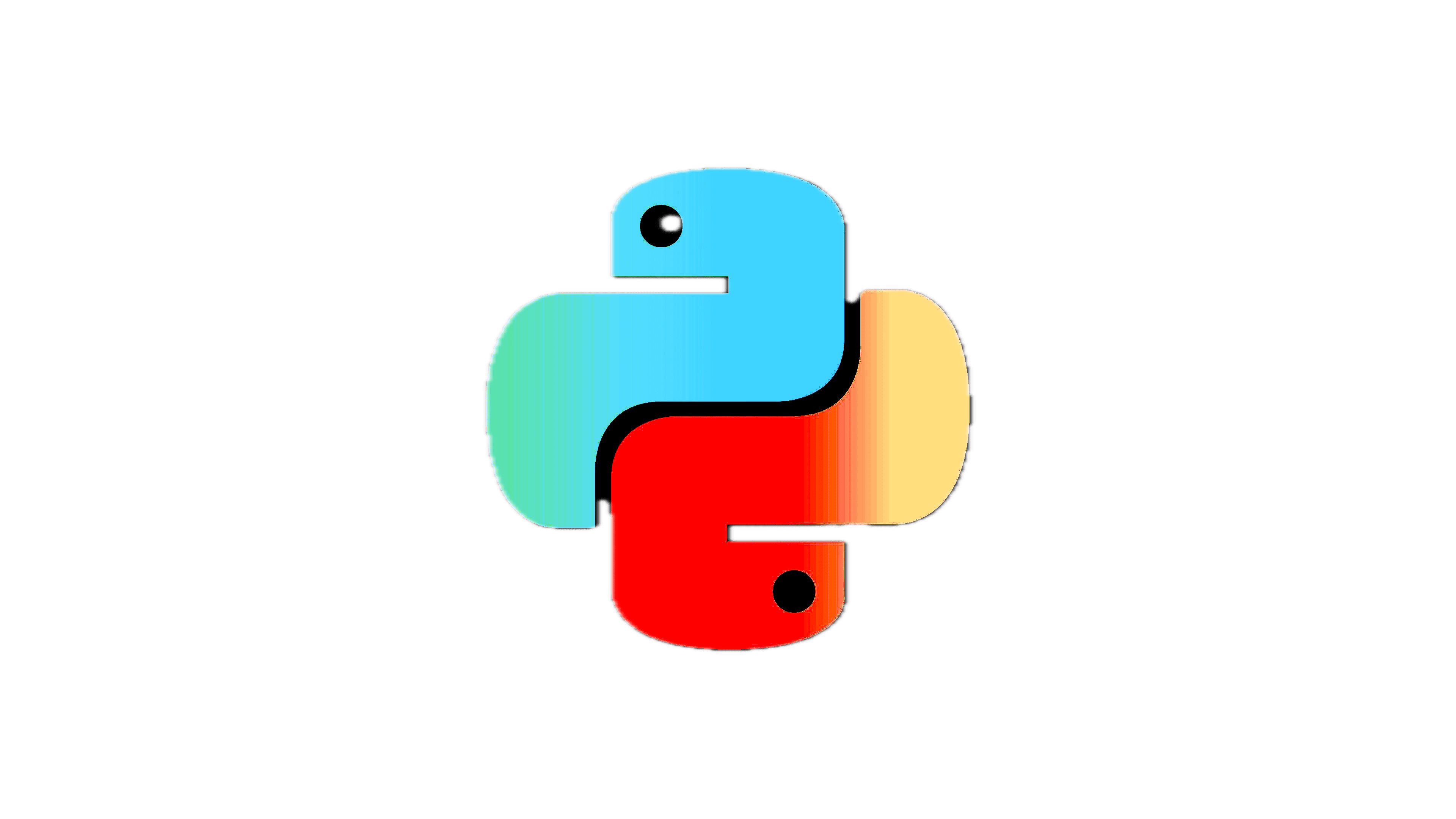When working with Python, understanding how to organize your code efficiently is crucial for building scalable applications. Concepts like inheritance, interfaces, composition, and abstract classes help you structure your programs in a way that promotes reuse, flexibility, and maintainability.
In this article, we’ll break down these concepts using simple analogies and real-life examples, with a special focus on an online electronic store that deals with laptops, smartphones, and smartwatches. Whether you’re just starting with object-oriented programming (OOP) or looking to deepen your knowledge, this guide is written to be beginner-friendly.
Table of Contents
- Inheritance
- Interface
- Composition
- Abstract Class
- FAQs
1. Inheritance
Inheritance Analogy
Think of inheritance like a family tree where children inherit traits from their parents. The parent passes down general abilities like walking or speaking, but each child can have their own special abilities, like playing a musical instrument or painting.
In the context of an online store:
In our electronic store, products like laptops, smartphones, and smartwatches share common features like a price and brand, but each product also has its own specific features (e.g., a laptop has RAM size, while a smartphone has camera resolution).
Inheritance Code Example
class Product:
def __init__(self, price, brand):
self.price = price
self.brand = brand
def show_details(self):
print(f"Price: {self.price}, Brand: {self.brand}")
class Laptop(Product): # Inherits from Product
def __init__(self, price, brand, ram_size):
super().__init__(price, brand)
self.ram_size = ram_size
def show_details(self):
super().show_details()
print(f"RAM Size: {self.ram_size}")
class Smartphone(Product): # Inherits from Product
def __init__(self, price, brand, camera_resolution):
super().__init__(price, brand)
self.camera_resolution = camera_resolution
def show_details(self):
super().show_details()
print(f"Camera Resolution: {self.camera_resolution}")
Inheritance Practical Use:
Use inheritance when you have common features that should be shared among different product types but each product also has some unique attributes.
2. Interface
Interface Analogy
An interface is like a contract. Let’s say you hire a delivery service for your store. You don’t care how they deliver the items (via bike, truck, or drone); you just want the items delivered within 2 days. This contract defines what should be done, but not how it should be done.
In the context of an online store:
Your store might offer multiple payment methods like Credit Card and PayPal. Both payment methods must process payments, but each will do it differently. The interface defines that every payment method must have a process_payment() function, but the implementation varies.
Interface Code Example
from abc import ABC, abstractmethod
class PaymentMethod(ABC):
@abstractmethod
def process_payment(self, amount):
pass
class CreditCard(PaymentMethod):
def process_payment(self, amount):
print(f"Processing credit card payment for {amount}")
class PayPal(PaymentMethod):
def process_payment(self, amount):
print(f"Processing PayPal payment for {amount}")
Interface Practical Use:
Use an interface when you need to enforce certain behaviors across multiple classes but leave the actual implementation up to the class (e.g., different payment methods).
3. Composition
Composition Analogy
Composition is like building with LEGO blocks. You combine different pieces (like a CPU, RAM, and battery) to make a complete object (a laptop). Each piece works independently, but together, they form something useful.
In the context of an online store:
Your laptops, smartphones, and smartwatches are composed of various components like CPUs, RAM, and batteries. Instead of inheriting these components, you assemble them.
Composition Code Example
class CPU:
def __init__(self, brand, speed):
self.brand = brand
self.speed = speed
def show_details(self):
print(f"CPU: {self.brand}, Speed: {self.speed}GHz")
class RAM:
def __init__(self, size):
self.size = size
def show_details(self):
print(f"RAM Size: {self.size}GB")
class Laptop:
def __init__(self, price, brand, cpu, ram):
self.price = price
self.brand = brand
self.cpu = cpu # Composition
self.ram = ram # Composition
def show_details(self):
print(f"Price: {self.price}, Brand: {self.brand}")
self.cpu.show_details()
self.ram.show_details()
Composition Practical Use:
Use composition when you want to build objects from other objects, giving you flexibility to swap components easily without changing the overall structure.
4. Abstract Class
Abstract Class Analogy
An abstract class is like a blueprint. Imagine an architect gives you a blueprint for building a house. It provides the basic structure, but the specific details (like furniture placement) are left for you to fill in.
In the context of an online store:
In your store, you don’t sell generic products, but specific items like laptops or smartphones. A Product class provides a basic structure that defines a show_details() method, but each specific product (like a laptop or smartphone) will implement this method differently.
Abstract Class Code Example
from abc import ABC, abstractmethod
class Product(ABC):
def __init__(self, price, brand):
self.price = price
self.brand = brand
@abstractmethod
def show_details(self):
pass
class Laptop(Product):
def __init__(self, price, brand, ram_size):
super().__init__(price, brand)
self.ram_size = ram_size
def show_details(self):
print(f"Laptop - Price: {self.price}, Brand: {self.brand}, RAM: {self.ram_size}GB")
class Smartphone(Product):
def __init__(self, price, brand, camera_resolution):
super().__init__(price, brand)
self.camera_resolution = camera_resolution
def show_details(self):
print(f"Smartphone - Price: {self.price}, Brand: {self.brand}, Camera: {self.camera_resolution}MP")
Abstract Class Practical Use:
Use abstract classes when you have a general concept that needs a blueprint for other specific classes to build on (e.g., a general Product class for all types of products).
Summary
Understanding inheritance, interface, composition, and abstract classes helps you structure Python programs efficiently. While inheritance lets you pass down traits from parent to child, composition allows you to build complex objects using smaller, reusable components. Abstract classes and interfaces provide structure, ensuring that certain methods are implemented without dictating exactly how they should work. When used effectively, these concepts make your code more reusable, flexible, and easier to maintain.
FAQs
Q1: What’s the difference between inheritance and composition?
- Inheritance creates a hierarchy where child classes inherit traits from parent classes.
- Composition assembles objects from other objects, allowing for more flexibility.
Q2: When should I use abstract classes instead of interfaces?
Use abstract classes when you have shared code (e.g., constructor logic) that applies to all subclasses. Use interfaces when you only want to enforce method signatures without providing any shared logic.
Q3: Can I use multiple inheritance in Python?
Yes, Python allows multiple inheritance, meaning a class can inherit from more than one parent class. However, use it cautiously, as it can lead to complex and hard-to-maintain code.
Q4: What is the key benefit of using composition over inheritance?
Composition offers more flexibility by allowing you to mix and match objects without being tied to a rigid class hierarchy, making it easier to modify and extend your code.
Thanks for your time! Support us by sharing this article and explore more AI videos on our YouTube channel – Simplify AI


Leave a Reply